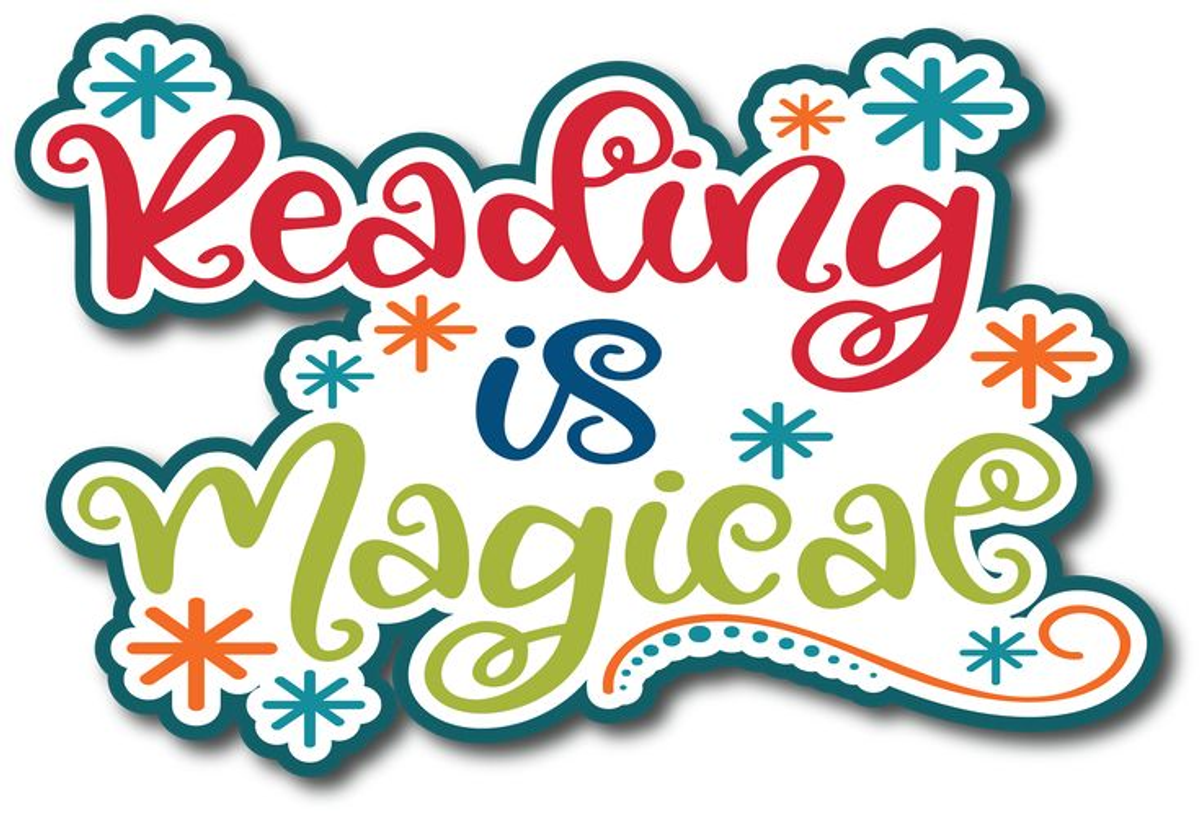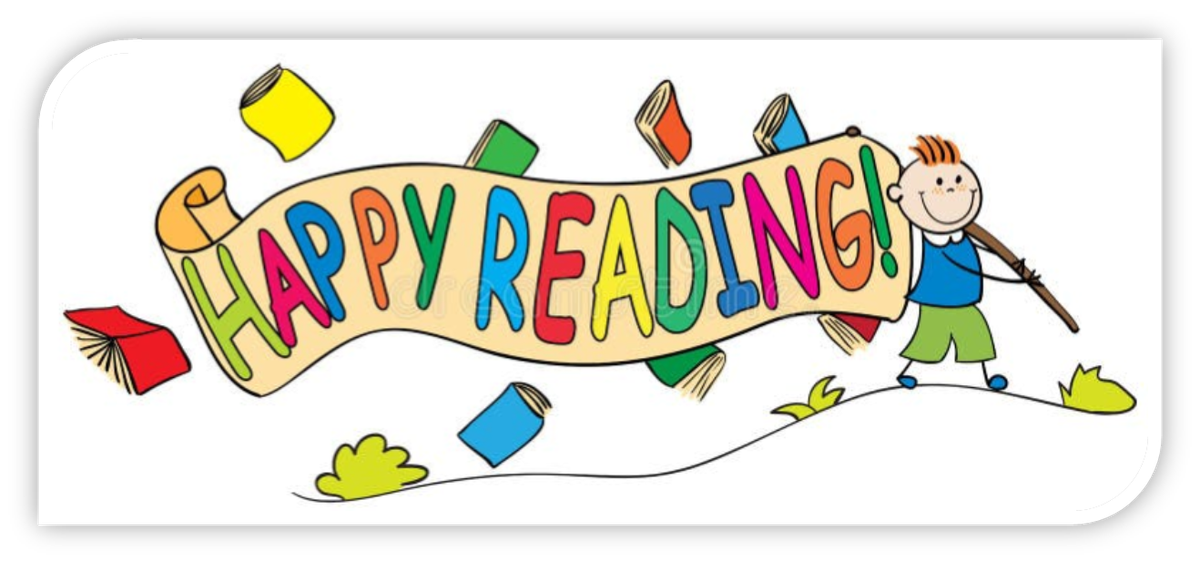English News
Mr Nick Criniti - Coordinator

English News
Mr Nick Criniti - Coordinator
Dear Parents,


We hope you and you all had a wonderful break and read many different texts over the break. At this stage of the year, it’s essential to focus on building both reading fluency and vocabulary. Fluency, the ability to read smoothly and with understanding, helps children become confident readers, while a strong vocabulary enhances their ability to comprehend and express themselves.
The aim of learning to read is comprehension, or the capacity to extract meaning from print. Reading comprehension is largely the function of two broad skill sets, identified in the Simple View of Reading (SVR). These skills are word recognition and language comprehension.
To develop these skill sets, I’ve compiled a list of engaging and interactive games you can engage in with your children while reading at home. These activities are designed to make learning fun, while also strengthening key skills like word recognition, comprehension, and reading accuracy. By incorporating these strategies, you'll improve your child's reading fluency and expand their vocabulary in a natural and enjoyable way.
Here are a few simple and playful ideas to try with your child:


How to Play: As your child reads, encourage them to become a "Word Detective." Ask them to look for specific words throughout the story. For example, “Can you find the word ‘and’ on this page?” or “How many times can you spot the word ‘the’?”
Skills Focus: This game strengthens word recognition and builds sight word vocabulary, essential skills for early readers.


How to Play: Take turns reading a sentence aloud, but with a twist—one word is swapped out for a silly word (e.g., "The cat ran" could become "The cat flew"). Have your child identify the mistake and then correct it by reading the sentence again with the correct word.
Skills Focus: This game encourages your child to pay close attention to the meaning of sentences and builds comprehension.


How to Play: When reading a story with dialogue, assign each character a unique voice. You and your child can take turns using funny voices (like deep, squeaky, or robotic) for the different characters in the book.
Skills Focus: This game makes reading lively and fun while promoting fluency and expression. It also helps children understand character roles in a story.


How to Play: Pick a word from the story and challenge your child to come up with as many rhyming words as possible. For example, if the word is “cat,” they could say “bat,” “hat,” “rat,” etc. You can take turns adding rhymes!
Skills Focus: Rhyming helps children recognize sound patterns in words, building phonemic awareness—a critical skill for reading readiness.


How to Play: Create a simple bingo card with various reading tasks, such as “find a word with two syllables,” “read a page using a whisper voice,” or “identify a new word.” Each time your child completes a task while reading, they can mark off a box. When they get a “Bingo,” offer a small reward!
Skills Focus: Reading Bingo makes reading a game, motivating children to complete tasks that build a variety of reading skills.


How to Play: As you read, pause when a character speaks and ask your child, “Who said that?” This encourages them to pay attention to which characters are speaking and understand the dialogue in the story.
Skills Focus: This game reinforces comprehension and keeps your child actively engaged in following the storyline.


We hope these games will make reading time an enjoyable bonding experience for you and your child. By turning reading into a playful activity, you’re helping to develop a lifelong love for books and literacy, all while improving fluency and expanding vocabulary.
God bless
Nick Criniti
Coordinator